Lyons Reservoir Reservoir Report
Nearby: Brentwood Park Twain Harte
Last Updated: January 2, 2026
Lyons Reservoir is a man-made lake located in the Sierra Nevada Mountains in California, providing hydroelectric power generation, irrigation, and recreational activities.
°F
°F
mph
Wind
%
Humidity
Summary
It was constructed in the 1930s to create a reliable water supply and hydropower facility for the local area. The reservoir is fed by surface flow from the Stanislaus River and the North Fork of the Tuolumne River, as well as from snowpack melting during the spring season. The area around the reservoir is primarily used for agricultural purposes, including grazing and timber harvesting. The reservoir is also a popular spot for fishing, boating, and camping during the summer months. The surrounding forests and mountain ranges offer opportunities for hiking, hunting, and other outdoor activities.
Reservoir Details
| Storage 24hr Change | 0.15% |
| Percent of Normal | 131% |
| Minimum |
4.0 acre-ft
2019-10-25 |
| Maximum |
14,510.0 acre-ft
2008-09-05 |
| Average | 3,018 acre-ft |
| Dam_Height | 132 |
| Drainage_Area | 66.8 |
| Year_Completed | 1930 |
| Nid_Storage | 6228 |
| River_Or_Stream | South Fork Stanislaus River |
| Surface_Area | 184 |
| Hazard_Potential | High |
| Outlet_Gates | Tainter (radial) - 4 |
| Dam_Length | 535 |
| Primary_Dam_Type | Concrete |
| Nid_Height | 132 |
Seasonal Comparison
Storage Levels
Pool Elevation Levels
Top Conserv Storage Levels
Inflow Levels
Weather Forecast
Nearby Streamflow Levels
Dam Data Reference
Condition Assessment
SatisfactoryNo existing or potential dam safety deficiencies are recognized. Acceptable performance is expected under all loading conditions (static, hydrologic, seismic) in accordance with the minimum applicable state or federal regulatory criteria or tolerable risk guidelines.
Fair
No existing dam safety deficiencies are recognized for normal operating conditions. Rare or extreme hydrologic and/or seismic events may result in a dam safety deficiency. Risk may be in the range to take further action. Note: Rare or extreme event is defined by the regulatory agency based on their minimum
Poor A dam safety deficiency is recognized for normal operating conditions which may realistically occur. Remedial action is necessary. POOR may also be used when uncertainties exist as to critical analysis parameters which identify a potential dam safety deficiency. Investigations and studies are necessary.
Unsatisfactory
A dam safety deficiency is recognized that requires immediate or emergency remedial action for problem resolution.
Not Rated
The dam has not been inspected, is not under state or federal jurisdiction, or has been inspected but, for whatever reason, has not been rated.
Not Available
Dams for which the condition assessment is restricted to approved government users.
Hazard Potential Classification
HighDams assigned the high hazard potential classification are those where failure or mis-operation will probably cause loss of human life.
Significant
Dams assigned the significant hazard potential classification are those dams where failure or mis-operation results in no probable loss of human life but can cause economic loss, environment damage, disruption of lifeline facilities, or impact other concerns. Significant hazard potential classification dams are often located in predominantly rural or agricultural areas but could be in areas with population and significant infrastructure.
Low
Dams assigned the low hazard potential classification are those where failure or mis-operation results in no probable loss of human life and low economic and/or environmental losses. Losses are principally limited to the owner's property.
Undetermined
Dams for which a downstream hazard potential has not been designated or is not provided.
Not Available
Dams for which the downstream hazard potential is restricted to approved government users.
Area Campgrounds
| Location | Reservations | Toilets |
|---|---|---|
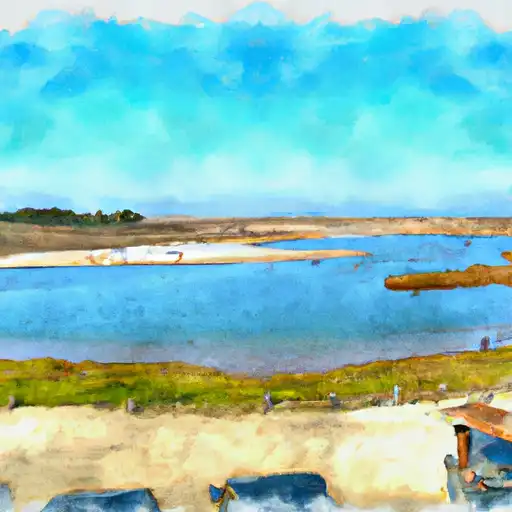 Sand Bar Flat
Sand Bar Flat
|
||
 Sand Bar Flat Campground
Sand Bar Flat Campground
|
||
 Hull Creek
Hull Creek
|
||
 Hull Creek Campground
Hull Creek Campground
|
||
 Hacienda
Hacienda
|
||
 River Ranch Campground
River Ranch Campground
|
River Runs
-
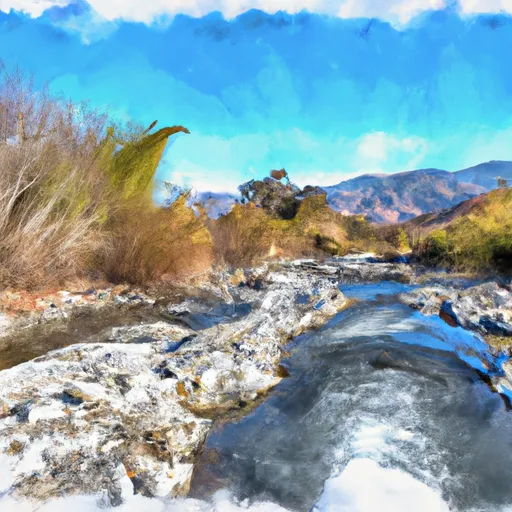 Clavey River At Confluence Of Bell And Lily Creeks To 3N01
Clavey River At Confluence Of Bell And Lily Creeks To 3N01
-
 Clavey River From 3N01 To Cottonwood Road
Clavey River From 3N01 To Cottonwood Road
-
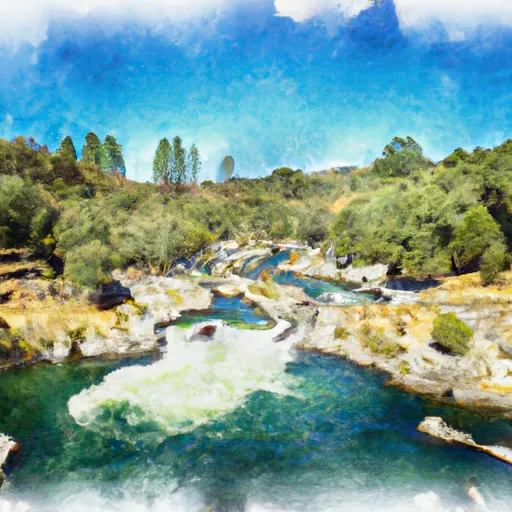 Sandbar To Confluence With North Fork Stanislaus River
Sandbar To Confluence With North Fork Stanislaus River
-
 0.15 Mile Downstream From Road 4N26B To Confluence With Lilly Creek
0.15 Mile Downstream From Road 4N26B To Confluence With Lilly Creek
-
 Below Mckay'S Reservoir To Confluence With Middle Fork Stanislaus River
Below Mckay'S Reservoir To Confluence With Middle Fork Stanislaus River
-
 Confluence With North Fork And Middle Fork Stanislaus To Clark Flat
Confluence With North Fork And Middle Fork Stanislaus To Clark Flat

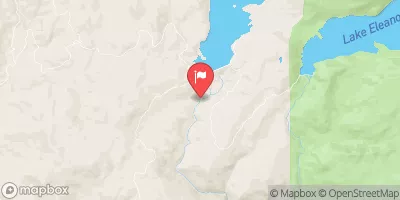
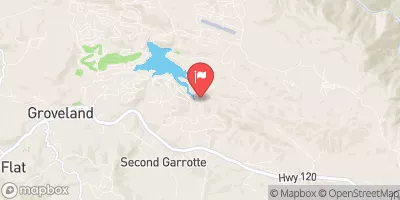

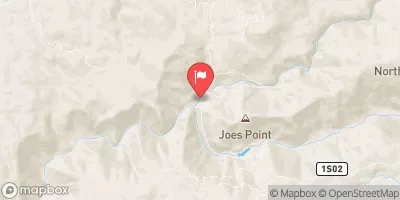


 Lyons
Lyons
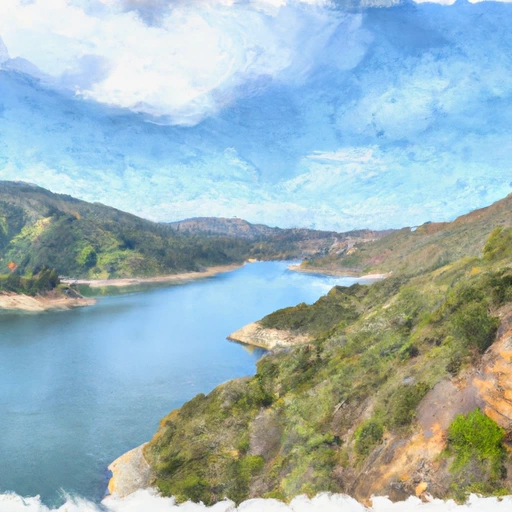 Lyons Reservoir
Lyons Reservoir
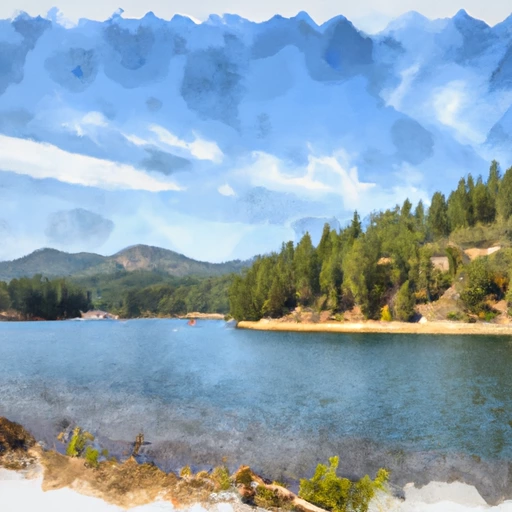 Beardsley Lake
Beardsley Lake
 Beardsley Lake Near Strawberry Ca
Beardsley Lake Near Strawberry Ca
 Strawberry
Strawberry